When it comes to park skiing, shorter skis like Snowfeet Skiblades are gaining attention. Why? They’re easier to control, lighter, and make tricks like spins and flips feel way more doable. On the flip side, longer skis bring stability and speed, but they’re tougher to maneuver in tight spaces.
Here’s the gist:
- Short skis: Great for beginners and park riders. They’re nimble, easier for tricks, and less tiring.
- Long skis: Better for high-speed runs and big jumps. They offer stability but need more strength and skill.
Quick takeaway: If you’re into park tricks and want skis that are easy to handle, shorter skis might be your best bet. But if speed and stability are your thing, longer skis still deliver. It all depends on what kind of ride you’re after!
Snowboarder tries Snowfeet* | Which Snowfeet* Short Ski is the Best? | Snowblades 44, 65, 99 Review
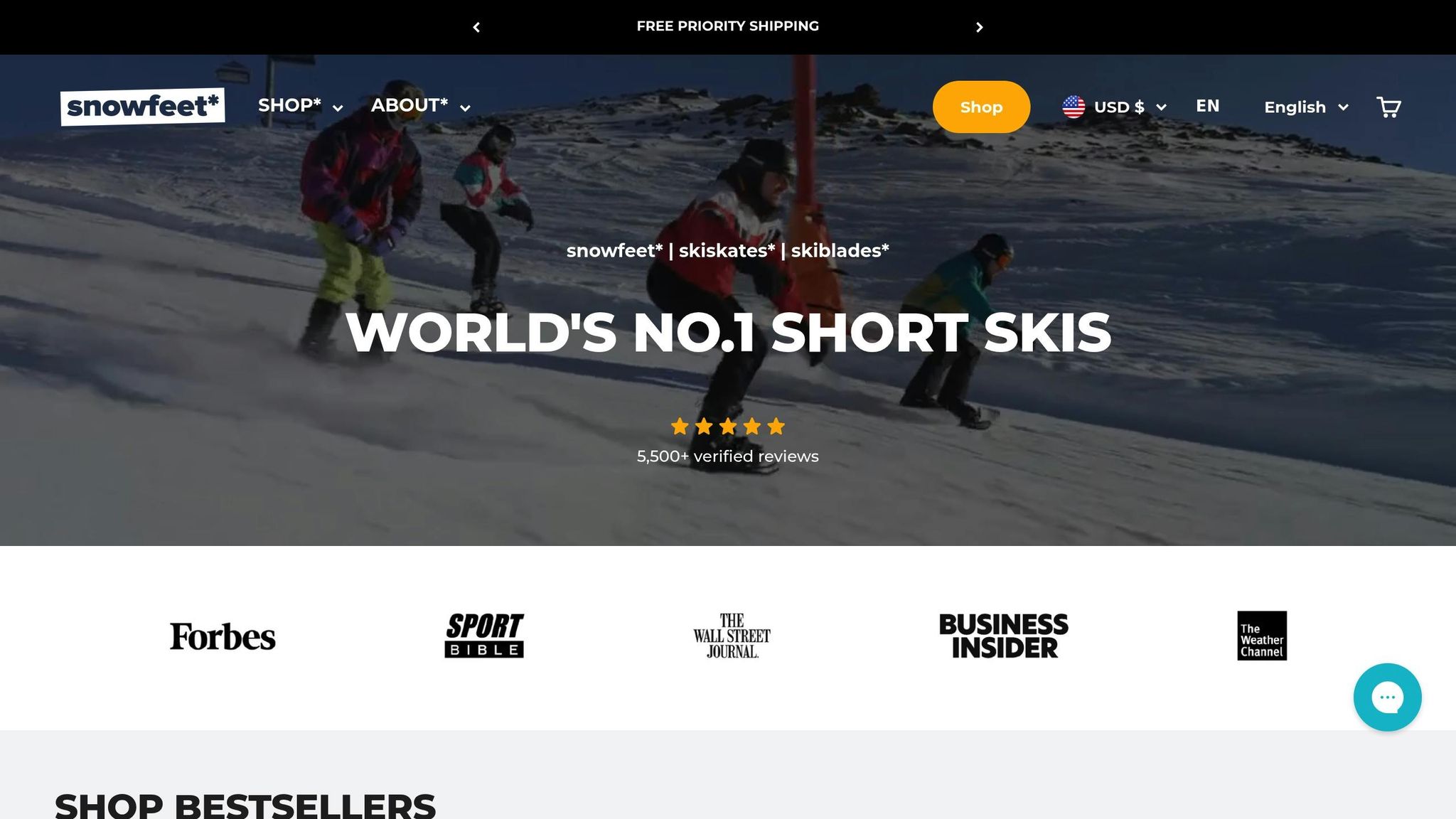
1. Snowfeet* Skiblades (Short Park Skis)
Snowfeet* Skiblades are shaking up the ski world with their compact design, ranging from just 26 to 47 inches (65–120 cm) in length. Unlike traditional brands like Rossignol or Atomic, these shorter skis bring unique advantages to terrain park performance. Let’s break down what makes them stand out.
Maneuverability
One of the biggest perks of Snowfeet* Skiblades is how easy they are to maneuver in tight park settings. Their shorter length lets you make quick directional changes and maintain precise control around rails, boxes, and jumps. Whether you're mid-air or balancing on a rail, these skis make it easier to adjust your line on the fly - perfect for navigating crowded parks or pulling off technical tricks.
Stability
Traditional wisdom says longer skis mean better stability, but Snowfeet* Skiblades take a different approach, especially when it comes to freestyle skiing. In the park, stability is more about controlled landings and steady takeoffs than straight-line speed. Models like the 65–85 cm versions provide a solid base for tricks and jumps, keeping your center of gravity in check. This balance helps you stay in control, even during more complex maneuvers.
Learning Curve
If you're new to park skiing, Snowfeet* Skiblades can make the learning process a whole lot smoother. Their shorter length makes them less intimidating, helping beginners focus on mastering spins, jumps, and rail approaches without wrestling with oversized skis. For experienced skiers, these skiblades offer instant feedback, making transitions from all-mountain setups quicker and more intuitive.
Versatility
These skiblades aren’t just for the park - they can handle a variety of conditions. With lengths ranging from 65 cm to 120 cm, there’s an option for every rider. The 65 cm models are ideal for technical features like rails and boxes, while the 99 cm and 120 cm versions add extra stability for bigger jumps and higher speeds. Plus, they hold their own on groomed runs, moguls, and even light powder. That versatility makes them a great all-mountain option, unlike many traditional skis that tend to specialize in just one area of performance.
Snowfeet* Skiblades prove that sometimes, going shorter can mean going smarter.
2. Long Park Skis
Compared to the nimble and park-focused Snowfeet* Skiblades, traditional long skis bring a completely different vibe to the slopes. Popular models from brands like Head, Elan, and Atomic measure between 61–69 inches (155–175 cm). They’re built for speed and stability during big jumps, but they’re not exactly the best choice for pulling off technical tricks in the park.
Maneuverability
When it comes to quick turns and technical park moves, long skis have a harder time keeping up. Their extra length makes them less agile, requiring more effort to navigate tight spots around rails and boxes. The increased surface area means more contact with the snow, which adds resistance and slows down turns. Unlike shorter skis, which react instantly to adjustments, long skis feel a bit sluggish in those high-precision moments. This trade-off in agility becomes more noticeable when comparing their strengths in other areas like stability and versatility.
Stability
Here’s where long skis steal the show: stability. That extra length gives you incredible control during high-speed runs and when landing big jumps. Whether you’re hitting massive kickers or riding a halfpipe, the larger surface area acts as a solid foundation, soaking up the impact of heavy landings. The bigger the jump, the more you’ll appreciate the stability these skis provide. For park skiers who thrive on big air, long skis are a reliable choice.
Learning Curve
Long skis aren’t the easiest to master, especially if you’re just starting out in the park. Their size demands precise technique and a fair amount of strength, which can slow down your progress if you’re still learning the ropes. For beginners, managing skis over 65 inches can feel like a chore, making the learning process a bit more challenging and, honestly, sometimes frustrating.
Versatility
Where long skis really stand out is in their ability to handle a variety of conditions. They’re great for skiers who like to mix it up between freestyle features and regular slope cruising. That extra length comes in handy for floating over deeper snow and maintaining speed on uneven terrain. While they’re not ideal for spins, rails, or technical tricks, they’re a solid choice for all-mountain skiing. So, if you’re looking for stability and versatility, long park skis have got you covered - just know they sacrifice a bit of the quick, playful feel that shorter skis bring to the park.
sbb-itb-17ade95
Pros and Cons Breakdown
Let’s dive into how design differences between Snowfeet* Skiblades and traditional long skis affect their performance. Whether you're hitting the park or shredding open slopes, this breakdown will help you figure out which option suits your style. When you stack up Snowfeet* Skiblades against long skis from brands like Head, Elan, and Atomic, the performance gap becomes clear.
| Feature | Snowfeet* Skiblades (Short Skis) | Traditional Long Skis |
|---|---|---|
| Turning Radius | 6.2m (super-tight turns) | 14–22m (wide, sweeping turns) |
| Learning Curve | Easy to pick up, great for beginners | Steeper learning curve, takes time to master |
| Maneuverability | Quick and nimble, ideal for tight spaces | Requires more effort in crowded areas |
| Trick Execution | Great for spins, flips, and aerials | Stable landings but harder to initiate tricks |
| Weight | Lightweight, less tiring | Heavier, requires more strength |
| Speed Control | Responsive braking and quick adjustments | High top speeds but harder to manage |
| Terrain Versatility | Perfect for parks, moguls, and icy runs | Excels in powder and wide-open slopes |
Snowfeet* Skiblades shine in tight park settings thanks to their ultra-tight 6.2m turning radius, compared to the 14–22m of traditional skis. This makes them incredibly agile and easy to control, which is why they’re a favorite for park enthusiasts. Rick Paris, Technical Director at The Short Ski Shop, puts it perfectly:
"Short skis make skiing easier for most people in most situations."
Their lightweight design and quick response make mastering tricks like spins and flips much easier. On the other hand, traditional long skis, while more stable for landings, require more precision and strength to pull off similar tricks. Plus, their weight and size can make the learning curve feel like a workout in itself.
However, long skis have their strengths too. They offer unmatched stability at high speeds and better flotation in deep powder, making them the go-to choice for big jumps or open-slope cruising. If speed and powder are your thing, the extra length and weight can actually work in your favor.
Still, when it comes to quick tricks and dynamic park moves, Snowfeet* Skiblades take the lead. Their low swing weight gives you the edge for fast, precise maneuvers.
Conclusion: Choosing Your Ski Length
Picking the right ski length really boils down to your skiing goals, skill level, and the type of terrain you love to tackle. Each option has its own perks, depending on what you're after on the mountain.
For beginners and intermediate skiers, Snowfeet* Skiblades are a fantastic choice. Their shorter length makes them easier to control and maneuver, which takes a lot of the stress out of learning. Plus, their lightweight design means less fatigue, so you can focus on nailing your technique. If you're just starting out or want to build confidence quickly, the 65 cm and 99 cm Skiblades strike a great balance between control and stability. This makes them an excellent stepping stone for those looking to eventually dive into park performance.
Park riders and trick enthusiasts will love how Snowfeet* products make spins, flips, and other aerial moves more accessible. The shorter length is perfect for tight tricks and quick adjustments. The 99 cm models, in particular, offer a nice mix - they’re versatile enough for park riding while still holding their own on broader slopes. Whether you're landing tricks or carving down the mountain, these skis are designed to keep up.
Terrain matters too. Snowfeet* Skiblades shine on icy slopes, thanks to their concentrated steel edges that provide excellent grip and control. They’re also a solid pick for moguls and tight tree runs where quick turns are a must. While they’re best suited for park and technical conditions, their performance in these areas aligns perfectly with what most skiers are looking for.
Sure, longer skis are great for high-speed stability, but for most recreational skiers, Snowfeet* Skiblades offer more than enough performance for both park and slope adventures. Their agility, ease of use, and fun factor make them a standout option.
At the end of the day, it’s all about what makes you happiest on the slopes. If you eventually outgrow shorter skis as your skills improve, you can always explore longer options. But for most skiers - especially those drawn to park tricks, playful runs, and a quicker learning curve - Snowfeet* products deliver the perfect mix of control and fun to make every mountain day a blast.
FAQs
Why are Snowfeet Skiblades better than traditional long skis for park skiing?
Snowfeet Skiblades bring a fresh twist to park skiing, offering incredible control, agility, and a whole lot of fun. Their shorter size makes them a fantastic choice for pulling off tricks, jumps, and spins - whether you're just starting out or a freestyle enthusiast looking to up your game. Unlike traditional skis that focus on speed and stability, these skiblades are all about maneuverability and letting you experiment with confidence.
The compact design also makes it easier to handle tight spaces and execute quick, precise moves, which is perfect for terrain parks. Whether you're trying out new tricks or polishing your technique, Snowfeet Skiblades strike a great balance between performance and playfulness - something you just don’t get with longer skis.
How do Snowfeet Skiblades perform on groomed slopes and in light powder compared to traditional skis?
Snowfeet Skiblades pack a punch when it comes to performance on groomed trails and even light powder. They strike a balance between stability and agility, making them a joy to ride. Thanks to their compact size and smart design, they’re super easy to control - perfect for tight turns or tackling mixed terrain. Whether you’re gliding down a freshly groomed slope or dabbling in light off-piste powder, these skiblades deliver a smooth, responsive ride.
Compared to traditional skis from brands like Rossignol or Atomic, Snowfeet Skiblades stand out for their incredible maneuverability. They’re much easier to handle, especially when you need to make quick adjustments or want to embrace a more playful style. Their shorter length gives you a sense of freedom that’s hard to match, making them a go-to option for skiers who crave versatility beyond the terrain park.
Are Snowfeet Skiblades beginner-friendly, and how do they help new park skiers improve their skills?
Yes, Snowfeet Skiblades are a fantastic choice for beginners, especially if you're venturing into park skiing. Their shorter length and lightweight build give you better control, making it easier to tackle jumps, twists, and tricks. This design helps take the edge off the learning curve, so you can focus on nailing your techniques without feeling overwhelmed.
When compared to traditional skis from brands like Rossignol or Atomic, Snowfeet Skiblades stand out for their maneuverability. This makes them ideal for beginners looking to sharpen their freestyle skills or explore terrain parks. Whether you're attempting your first rail slide or practicing basic spins, these skiblades make the whole experience smoother and, honestly, way more fun.

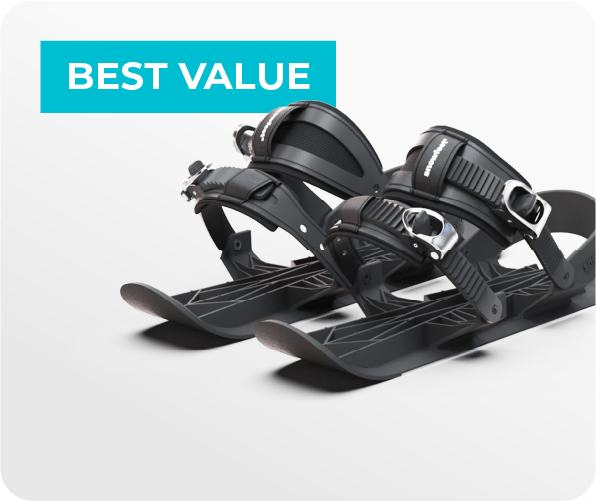



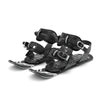
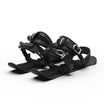
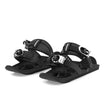

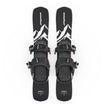
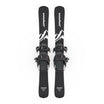

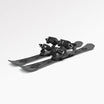
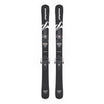
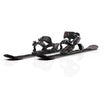
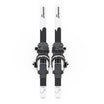






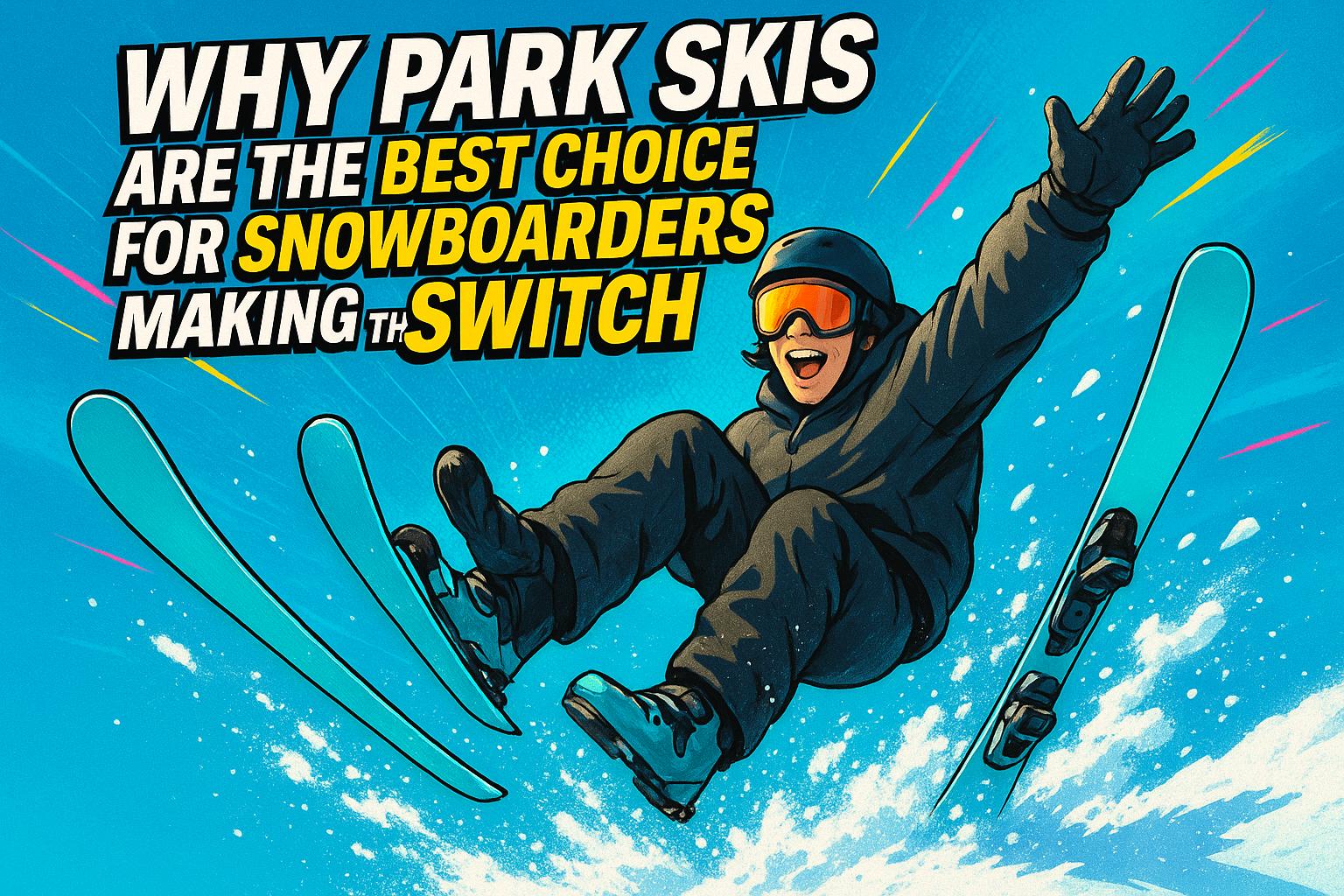
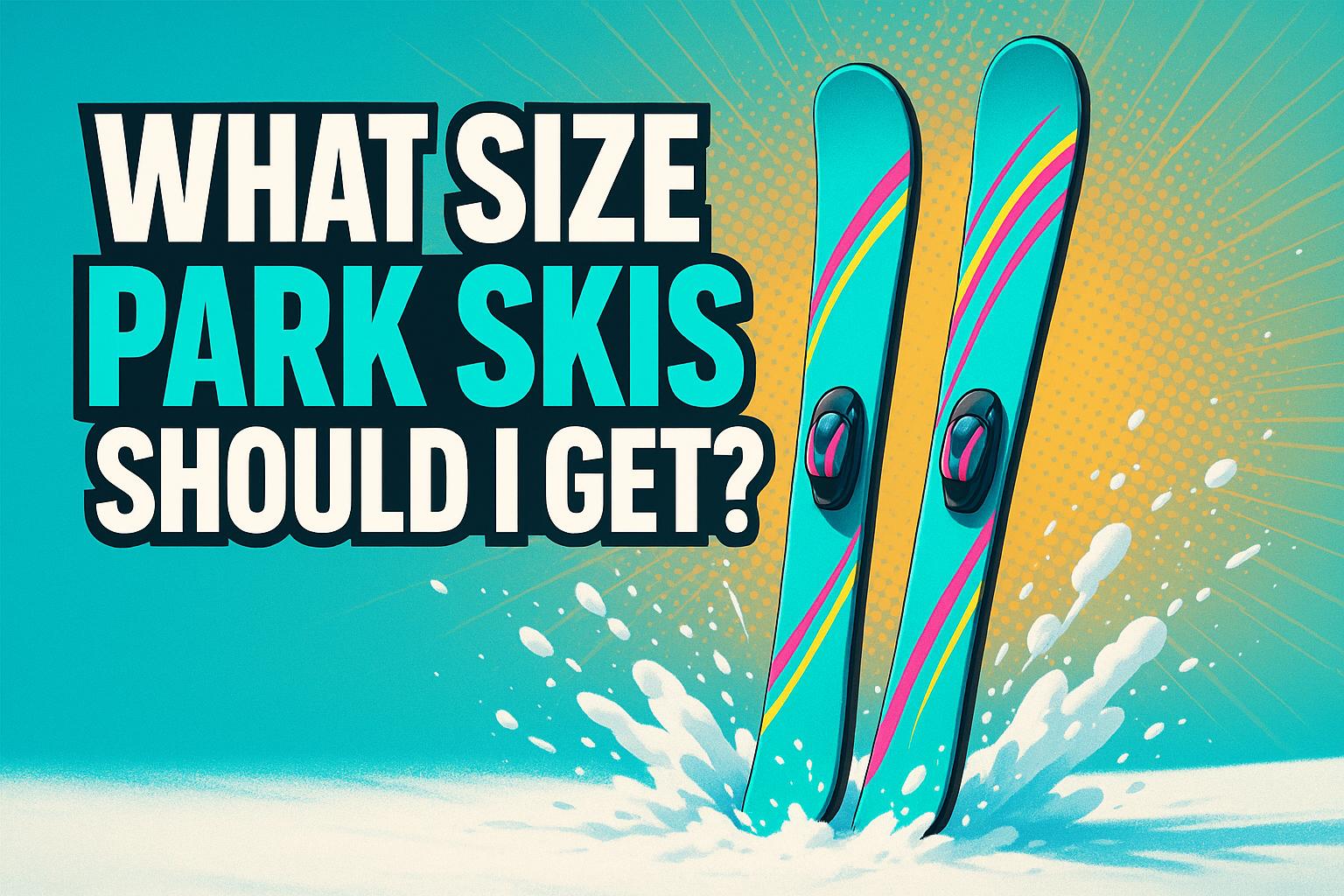
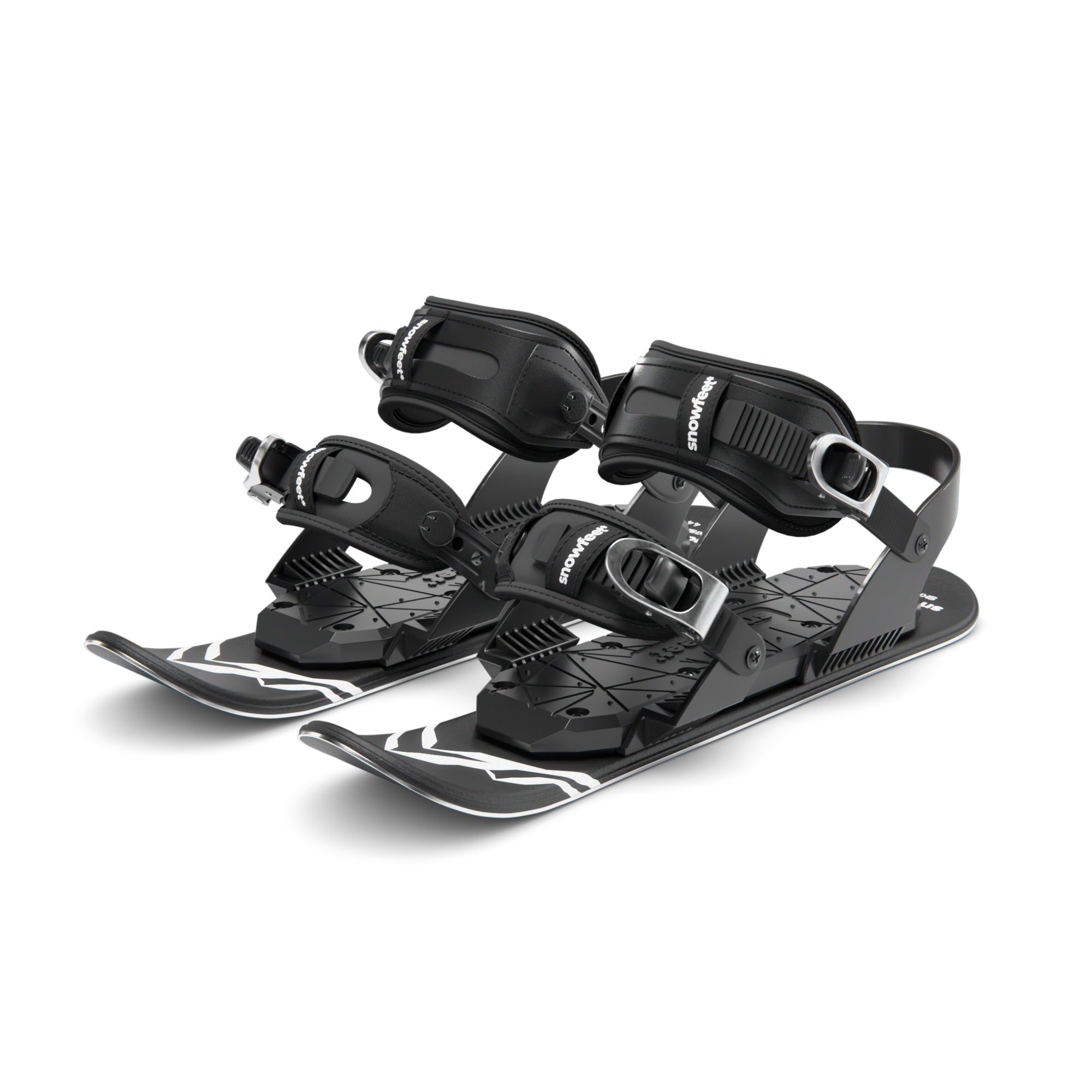
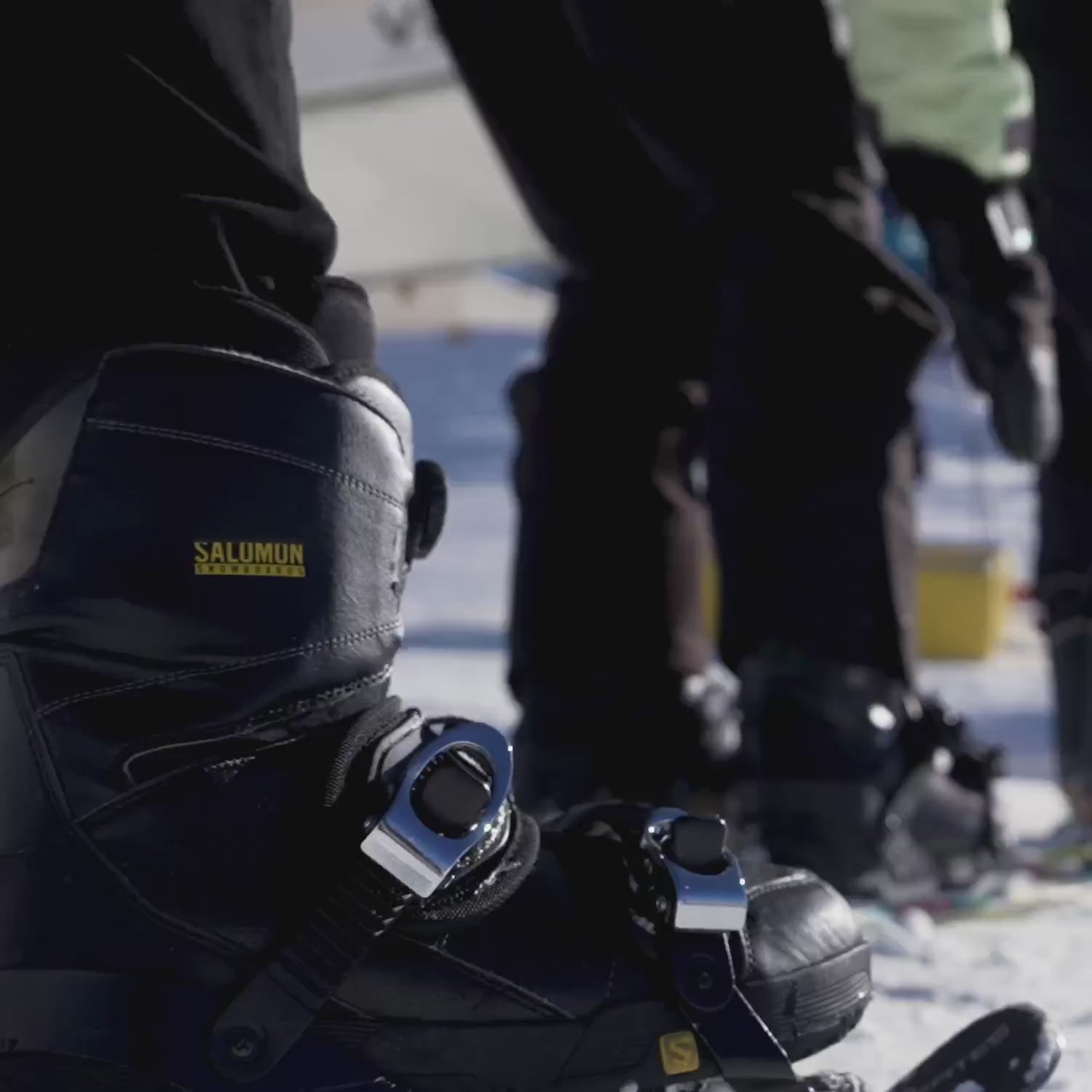
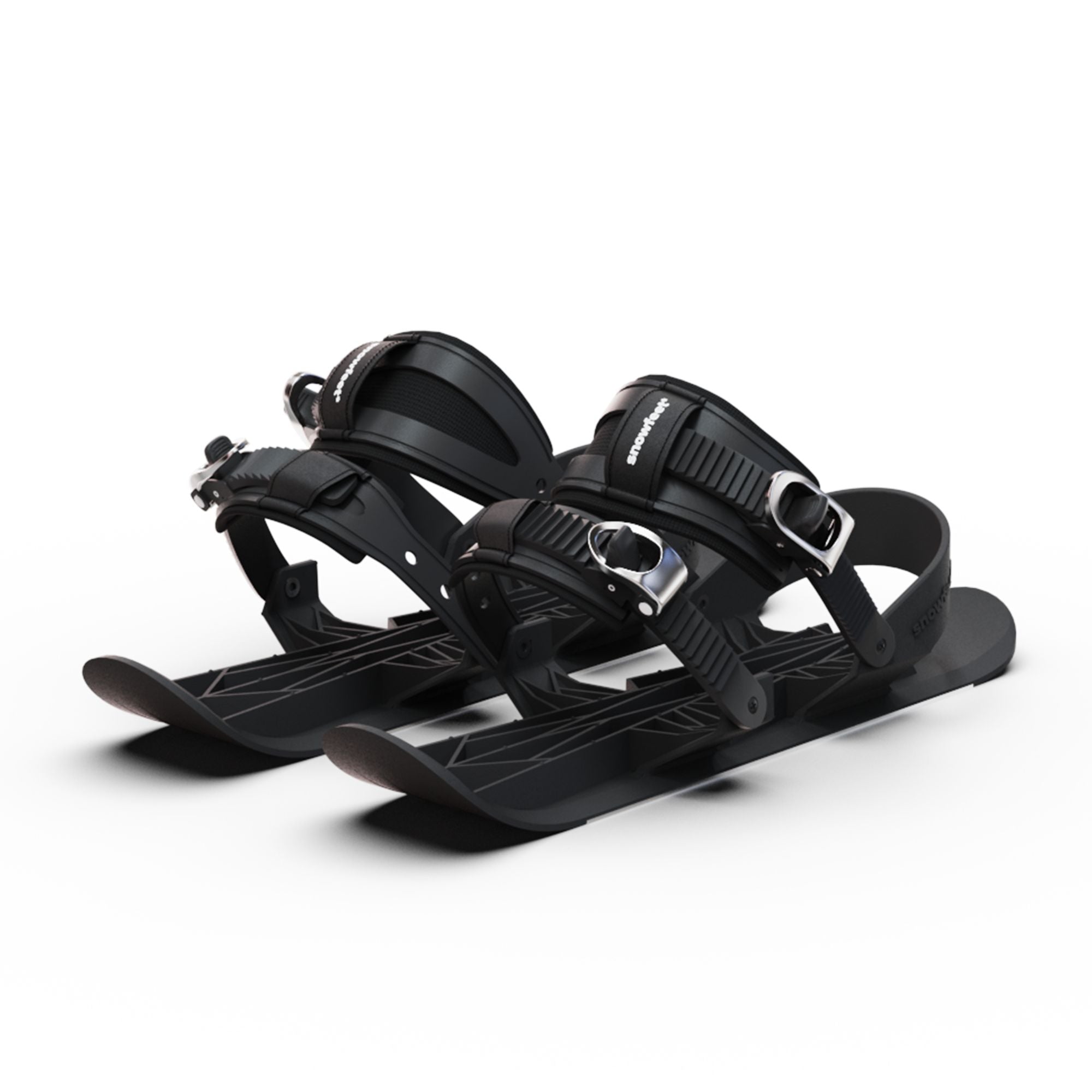
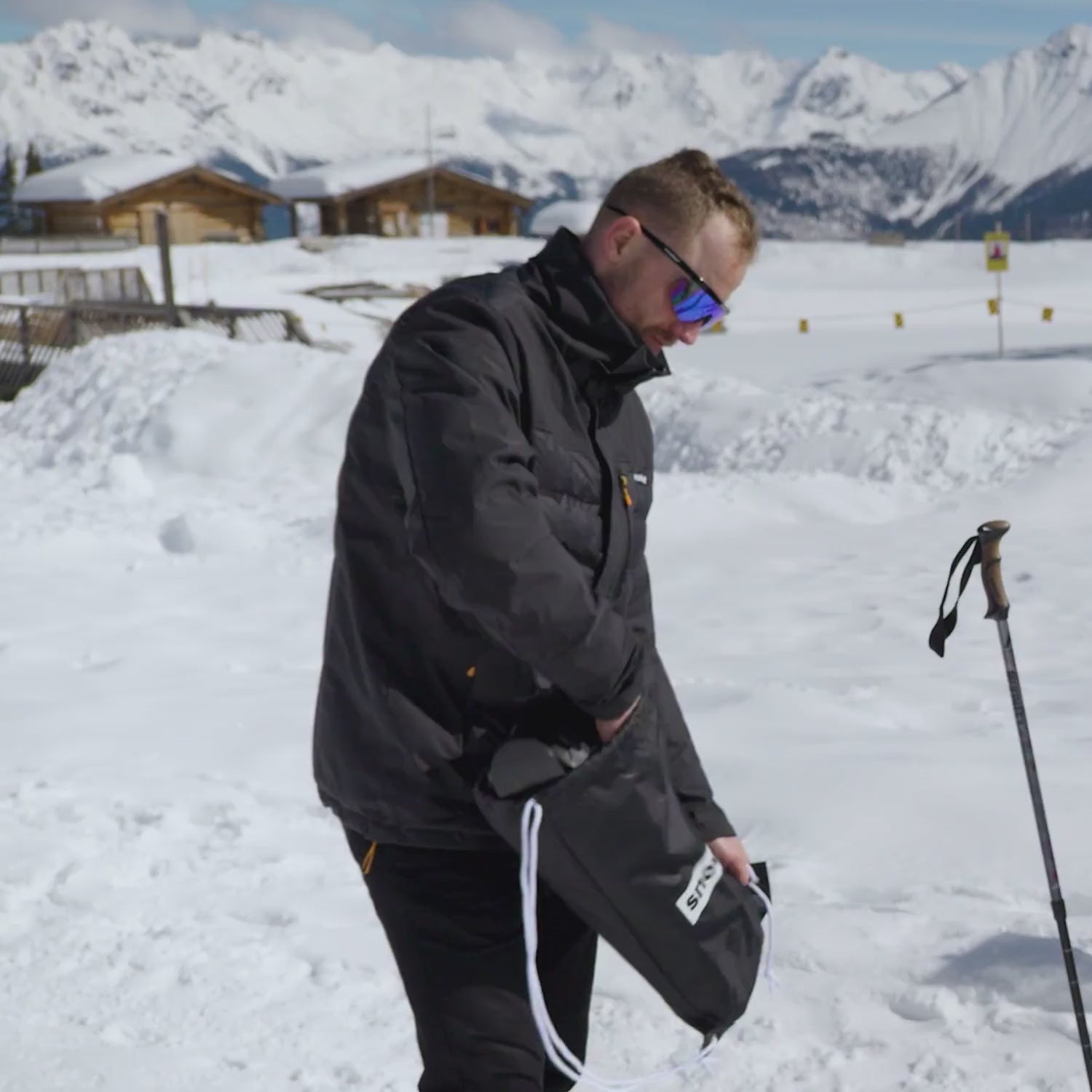
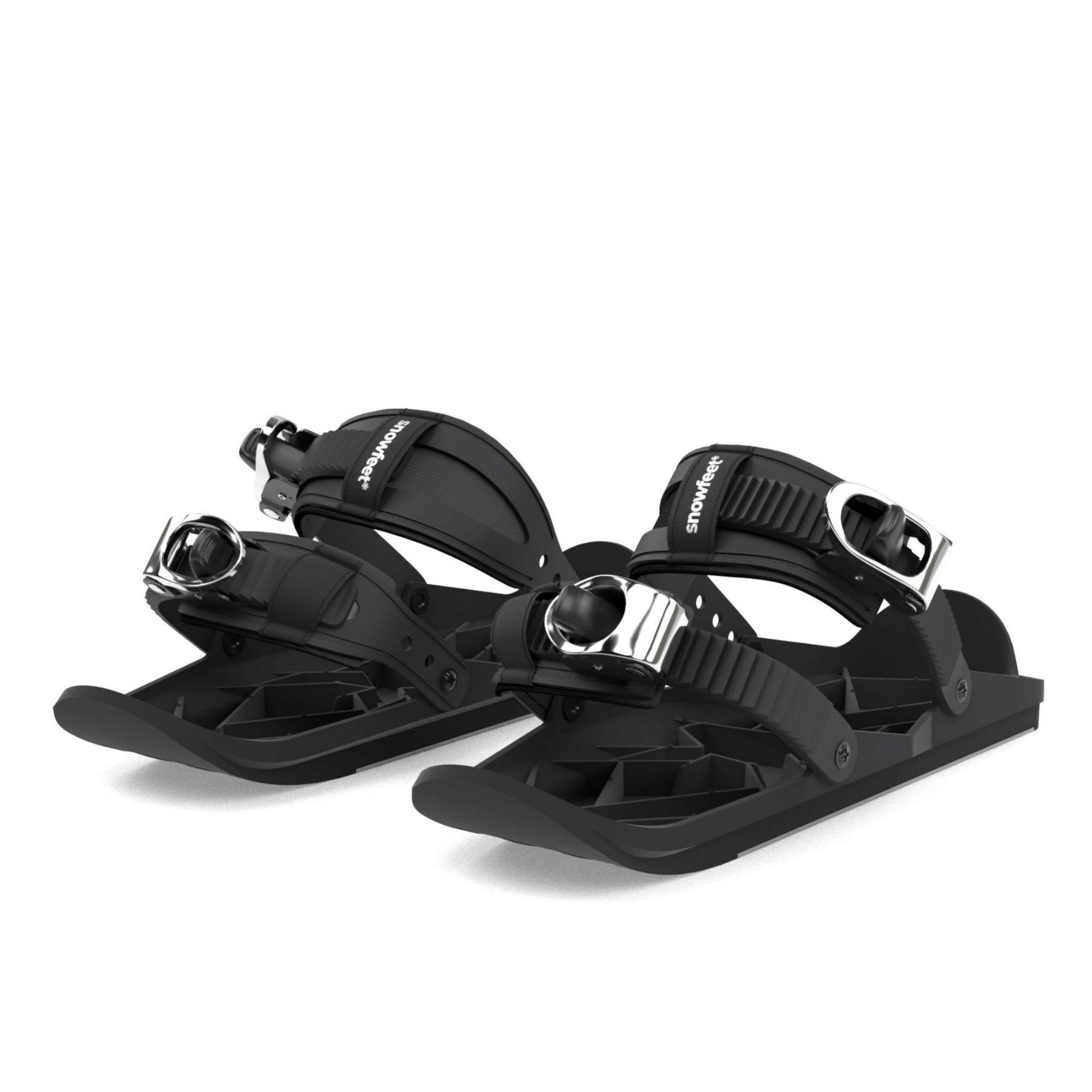
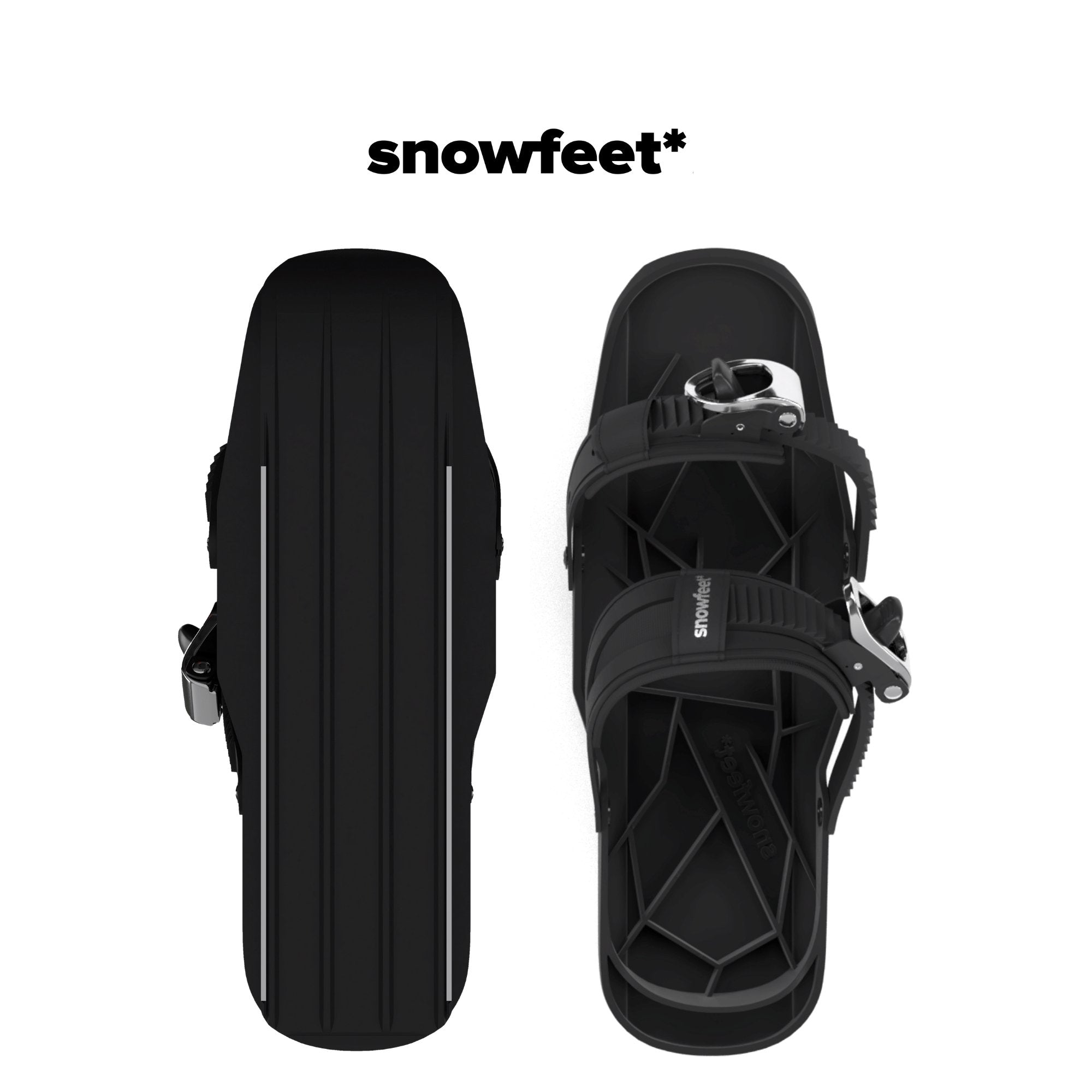
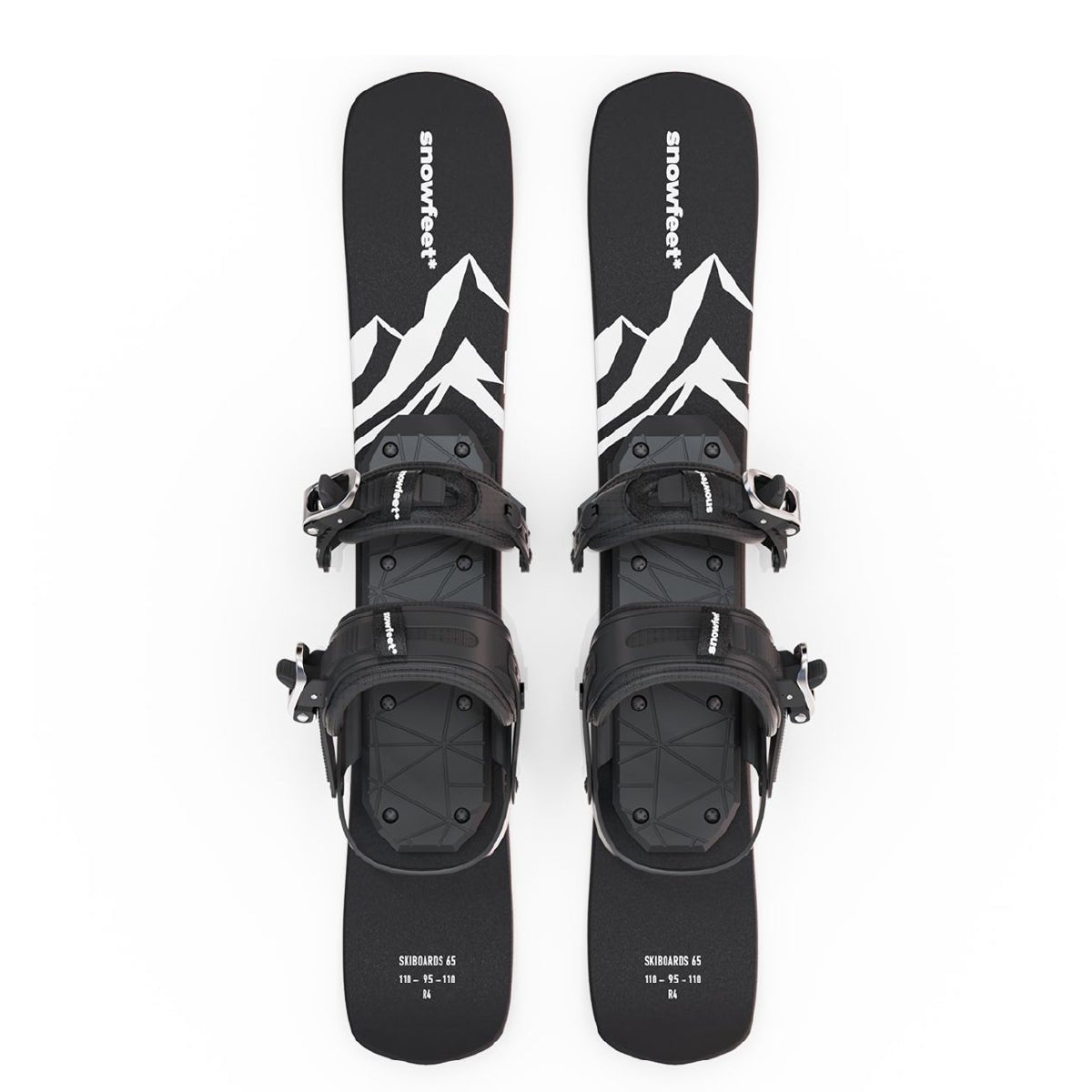
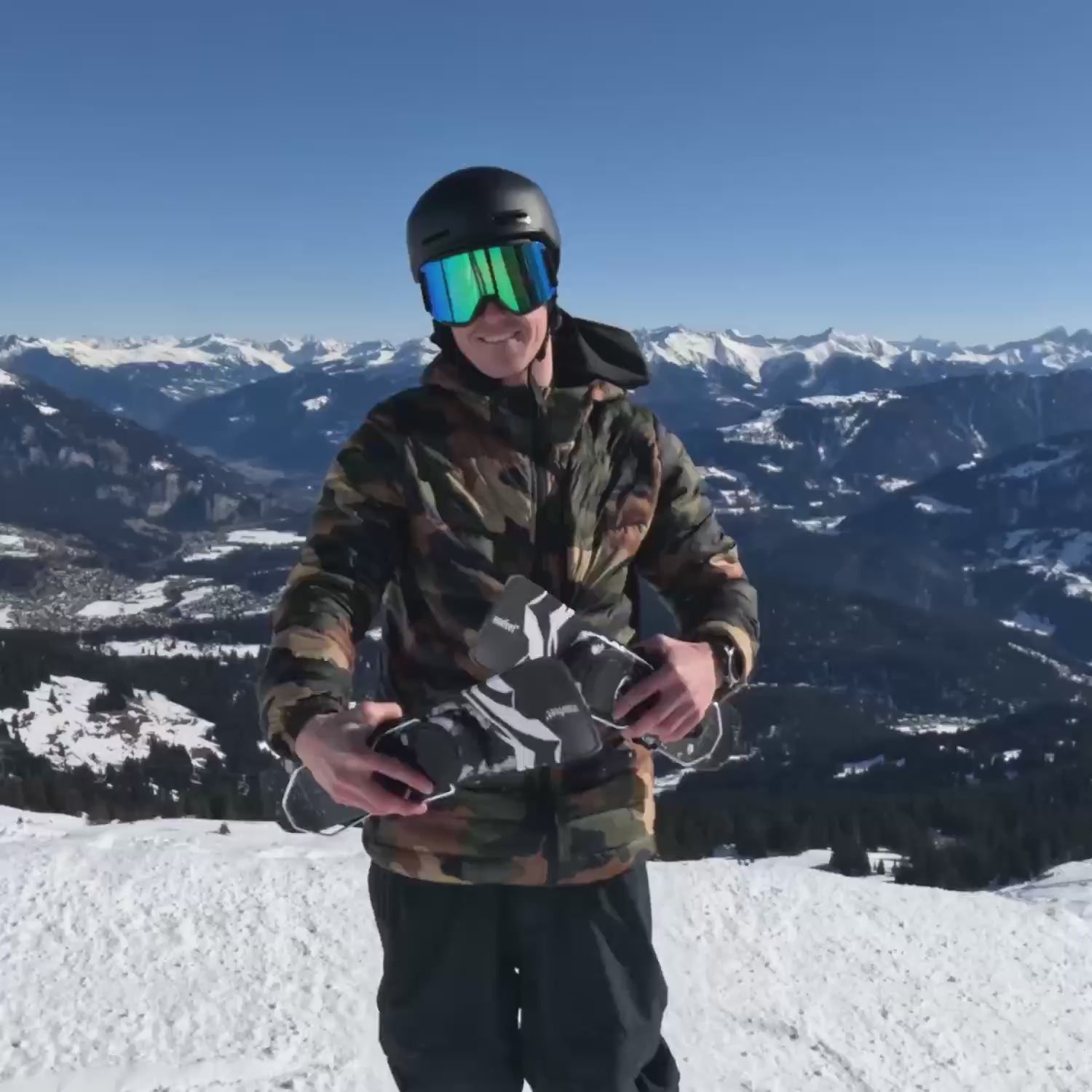
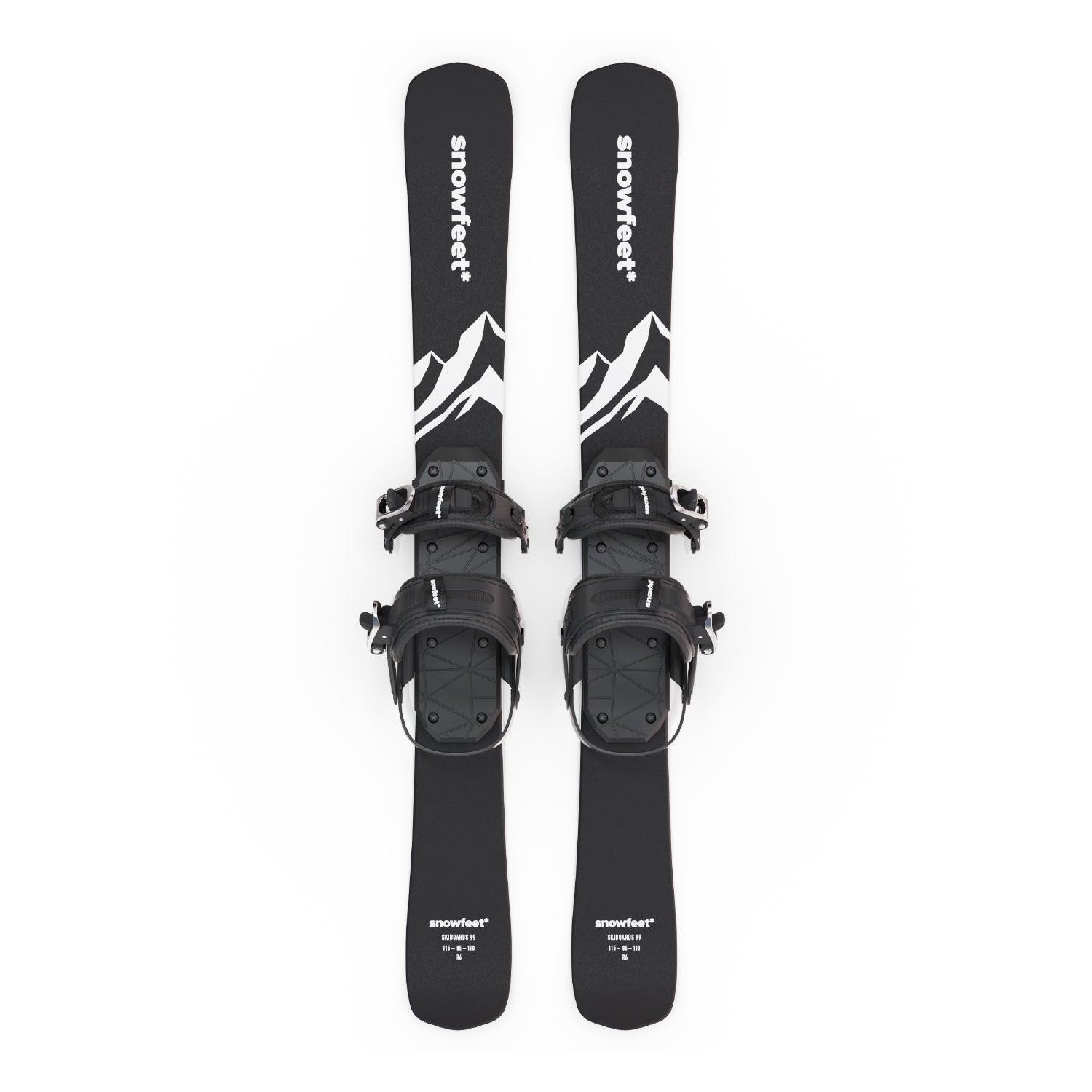
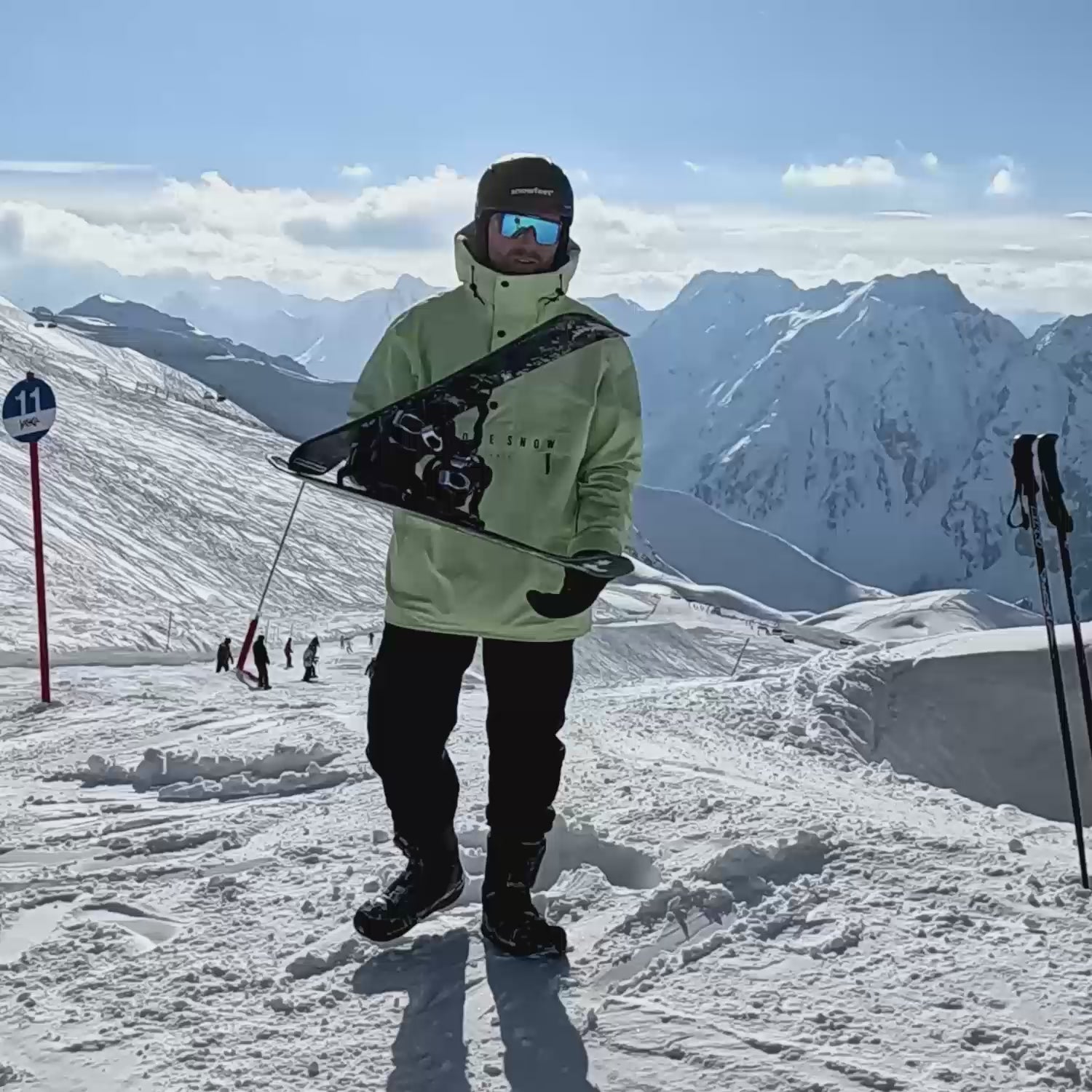
Leave a comment
This site is protected by hCaptcha and the hCaptcha Privacy Policy and Terms of Service apply.